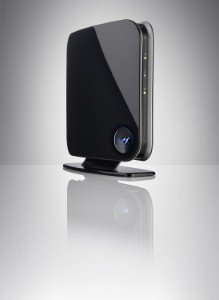
How to make your wireless network secure: Part 1
By admin on November 30, 2011
Setting up your wireless router can be a bit of a pain, but once you finally get internet, the job is still far from over. You need to make your network secure, and that doesn't mean just having a password. But it's worth it – an open wireless network makes your internet slower, lets your neighbors access it freely and can even leave your computer at risk for hackers. So, rather than worry about phishing and virus removal every time you log in, just follow these simple steps for an air-tight network:
1. First, log in to the system using the router's IP address, which is usually found on the underside of the router itself. Change both the Wi-Fi password and the router administrator password, and make them different from each other. Don't just pick a password that you can remember easily, incorporate numbers and symbols if possible, as well. To remember the passwords, write them down and tape them to the router, so that you or a guest of yours can access it if need be.
2. Change the name of your wireless Service Set ID (SSID). Leaving the default name (whether it's a series of letters and numbers, or a broad name used for many wireless accounts, like "linksys") makes it more difficult for you to recognize your Wi-Fi account, and more importantly, is a red flag for hackers that your account probably isn't very secure.
3. If possible, enable a WAP2 encryption. Depending on how new your hardware is, you might need to download software for it, so if only WAP or even WEP are available, enable it anyway. Everything helps.
If you think that your computer may have been hacked, you might want to contact your local Maryland virus removal center, as well.
For a Free Computer Repair Quote Call (202) 670-9966
Related Maryland Virus Removal Articles
Dangers of HP’s Built-in Recovery ManagerMalwarebytes
Two Anti-Virus Programs at Once
Internet Browser Security
Windows Defender to the Rescue



December 1st, 2011 at 9:06 pm
[...] threats, making sure that your Wi-Fi is truly secure involves more than just setting a password. In yesterday's post, we went over setting up two separate passwords (one for wireless access, and another for the [...]